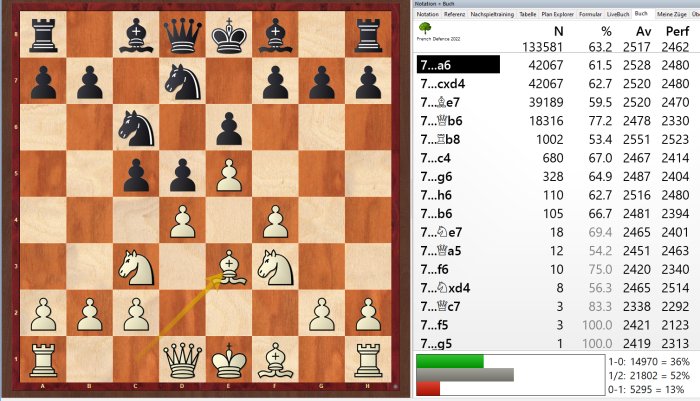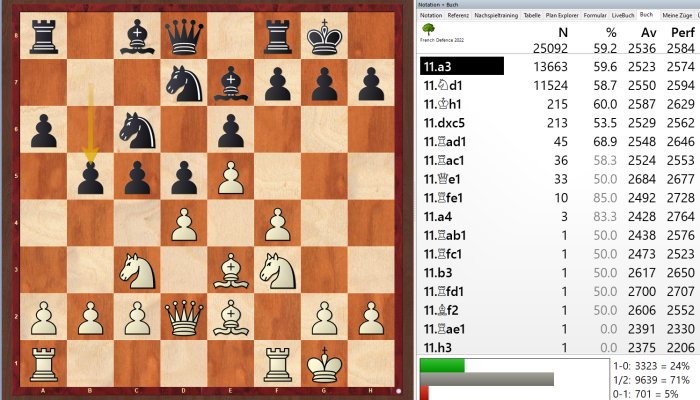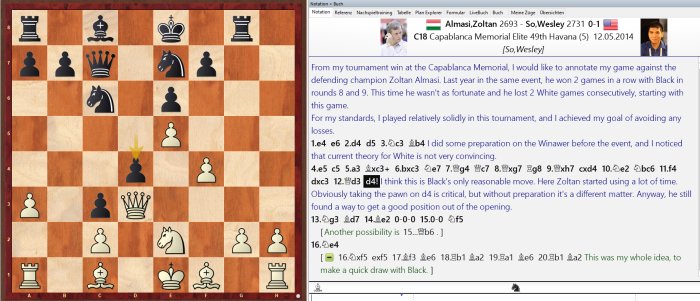Pop-up for detailed settings
We use cookies and comparable technologies to provide certain functions, to improve the user experience and to offer interest-oriented content. Depending on their intended use, cookies may be used in addition to technically required cookies, analysis cookies and marketing cookies. You can decide which cookies to use by selecting the appropriate options below. Please note that your selection may affect the functionality of the service. Further information can be found in our privacy policy.
- Inicio Inicio
- ProductosProductos A-Z
- Productos A-Z
- Bases de datos
- Programas de Ajedrez
- Entrenamiento
- ChessBase Magazine
- ChessBase Accounts
- ChessBase Books
- Primeros pasos
- Fundamentos
- Vale
- Otros
- Marcadores
- AperturasAperturas A - Z Aperturas A - Z
- Autores Autores
- Filtros Filtros
- soporte soporte
- Mis productosDownloads
Lost Password?
Por favor, escriba su dirección de e-mail. Recibirá un mensaje con instrucciones para reinicializar la contraseña.
Hacer el pedido y crear una cuenta
¿Es un nuevo cliente? Cree su cuenta en la tienda de ChessBase con su dirección de correo electrónico y una contraseña. Ventajas para los clientes registrados:
- Paso por caja rápido y fácil
- Copia de seguridad de sus pedidos descargables: ¡puede bajarlos en cualquier momento! ¡Su copia de seguridad está en el servidor de Chessbase!
- Acceso fácil a su historial
- Boletines mensuales de información sobre novedades y acontecimientos en el mundo del ajedrez y en ChesBase






